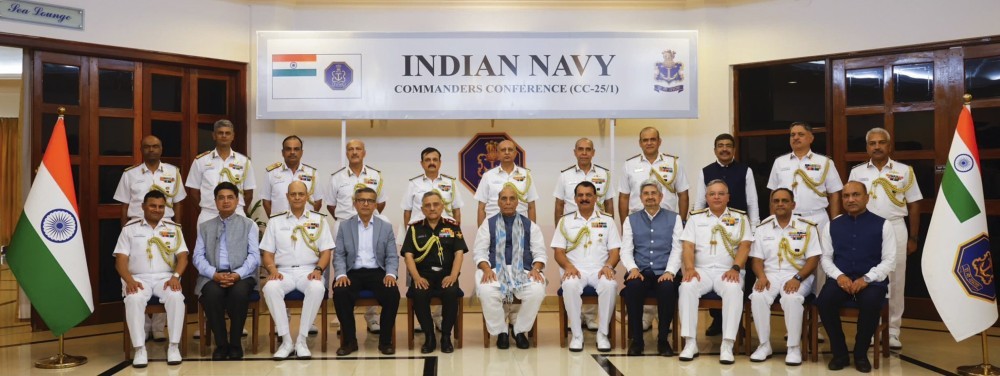
An artist's rendition depicts NASAs Voyager 2 spacecraft as it studies the outer limits of the heliosphere - a magnetic 'bubble' around the solar system that is created by the solar wind. NASA/JPL-Caltech photo
NEW DELHI (BNS): For weeks now NASA engineers have been working on a solution to decipher scientific data sent by Voyager-2, a media report said.
The spacecraft late last month began sending science data 8.6 billion miles to Earth in a changed format that mission managers could not decode.
Engineers have since instructed Voyager 2 to only transmit data on its own health and status while they work on the problem.
Voyager 2 is currently at the edge of our solar system, about 13.8 billion kilometers, or 8.6 billion miles, from Earth.
Preliminary engineering data received on May 1 show the spacecraft is basically healthy, and that the source of the issue is the flight data system, which is responsible for formatting the data to send back to Earth, a NASA JPL release said.
The first changes in the return of data packets appeared on April 22, but engineers had to wait until April 30, after the spacecraft had executed a planned roll maneuver, before they could send commands to Voyager 2.
The spacecraft is so far away that it takes nearly 13 hours for signals to reach the spacecraft, and nearly 13 hours for Voyager 2�s response to reach NASA's Deep Space Network on Earth.
Voyager 2 was launched on August 20, 1977, about two weeks before its twin spacecraft, Voyager 1. The two spacecraft are the most distant human-made objects, out at the edge of the heliosphere, the bubble the sun creates around the solar system.
Mission managers expect Voyager 1 to leave our solar system and enter interstellar space in the next five years or so, with Voyager 2 on track to enter interstellar space shortly afterward. Voyager 1 is in good health and performing normally.
"Voyager 2's initial mission was a four-year journey to Saturn, but it is still returning data 33 years later," said Ed Stone, Voyager project scientist at the California Institute of Technology in Pasadena.
Among its many findings, Voyager 2 discovered Neptune's Great Dark Spot and 450-meter-per-second (1,000-mph) winds. It also detected geysers erupting from the pinkish-hued nitrogen ice that forms the polar cap of Neptune's moon Triton.
Working in concert with Voyager 1, it also helped discover actively erupting volcanoes on Jupiter's moon Io, and waves and kinks in Saturn's icy rings from the tugs of nearby moons.
 Previous Article
Previous Article Next Article
Next Article













The Indian Air Force, in its flight trials evaluation report submitted before the Defence Ministry l..
view articleAn insight into the Medium Multi-Role Combat Aircraft competition...
view articleSky enthusiasts can now spot the International Space Station (ISS) commanded by Indian-American astr..
view article